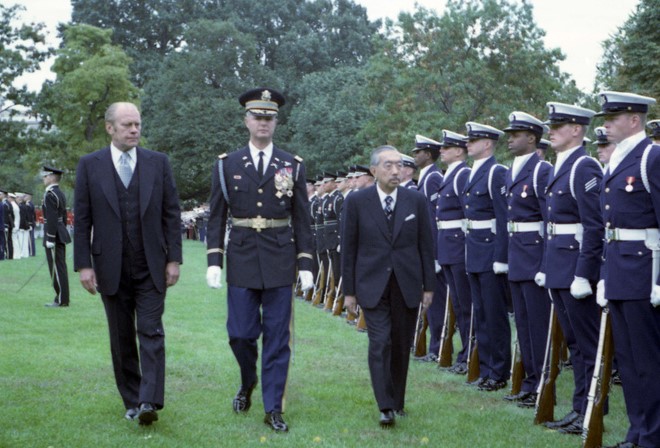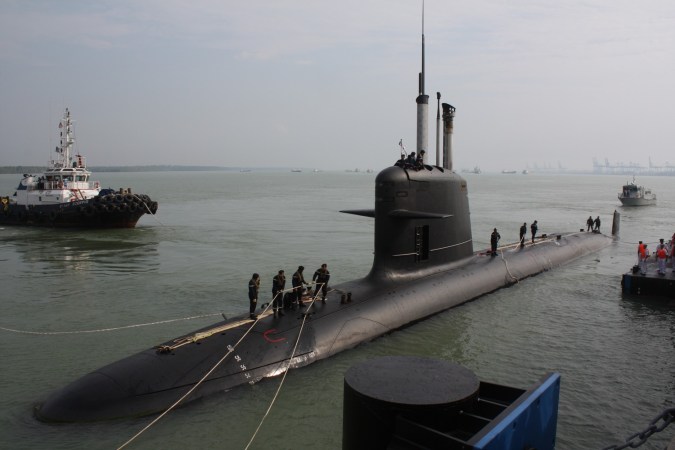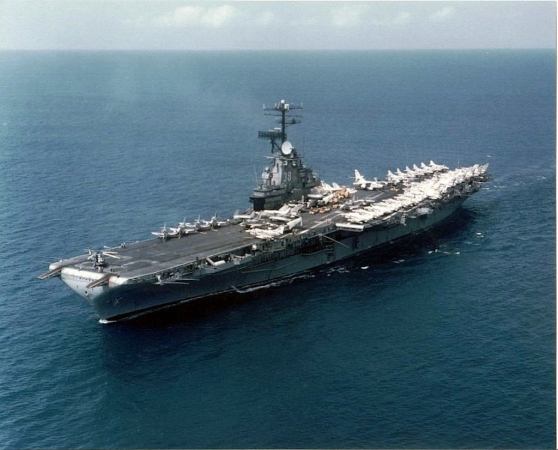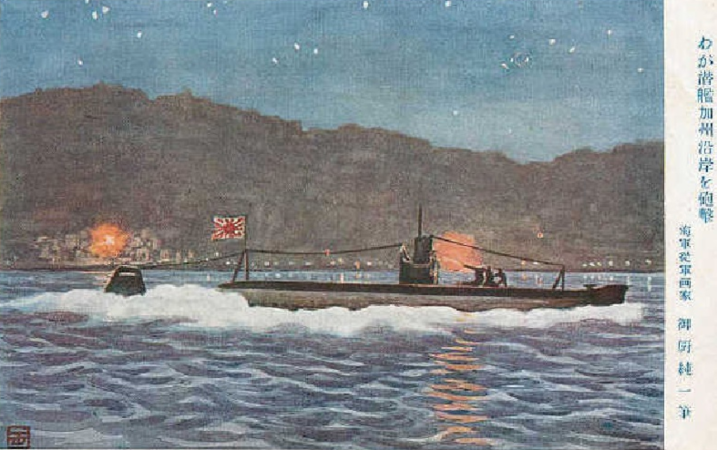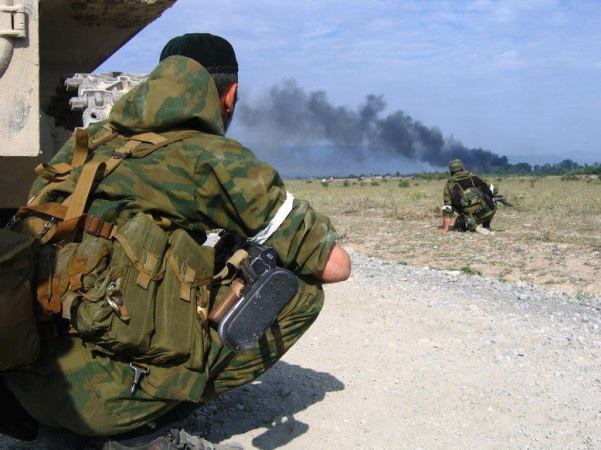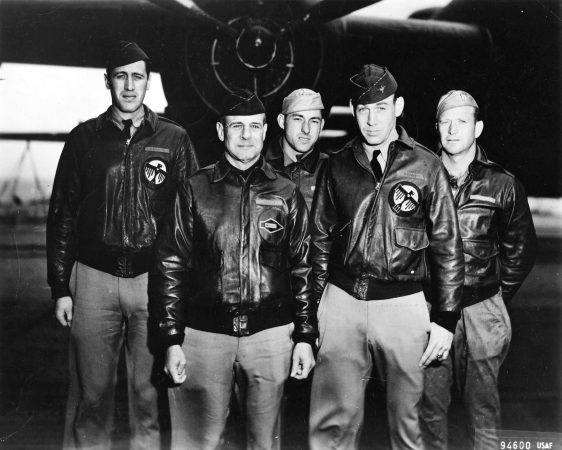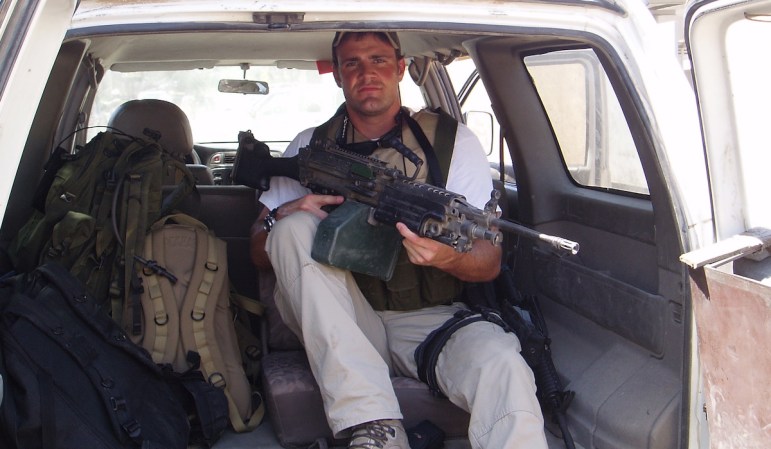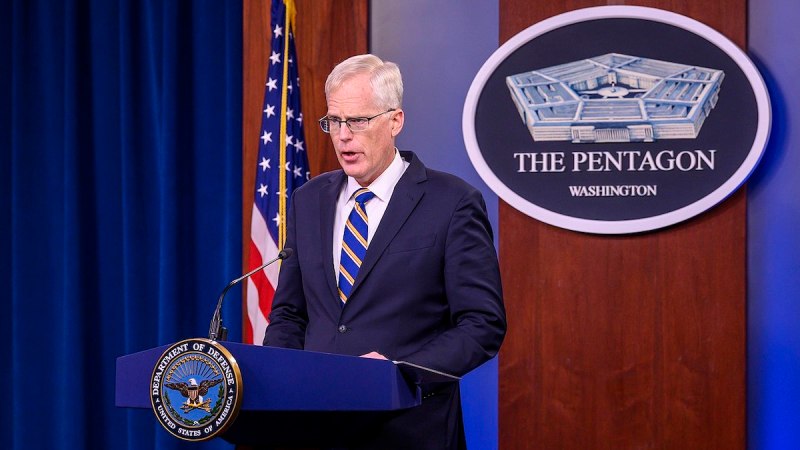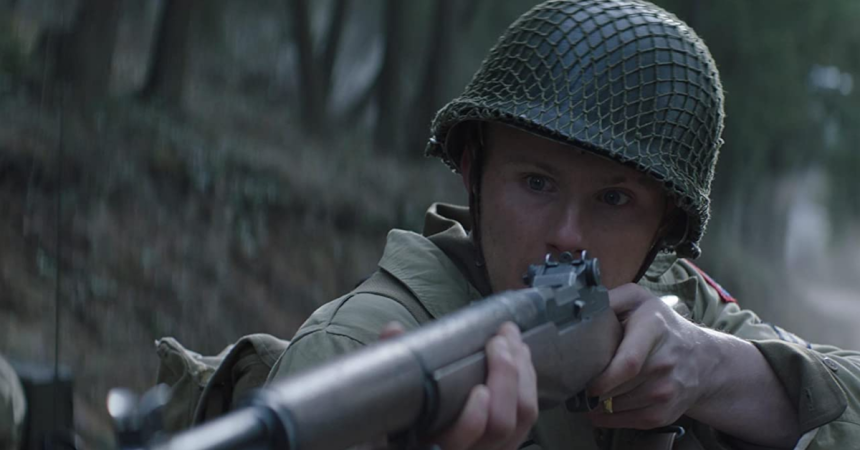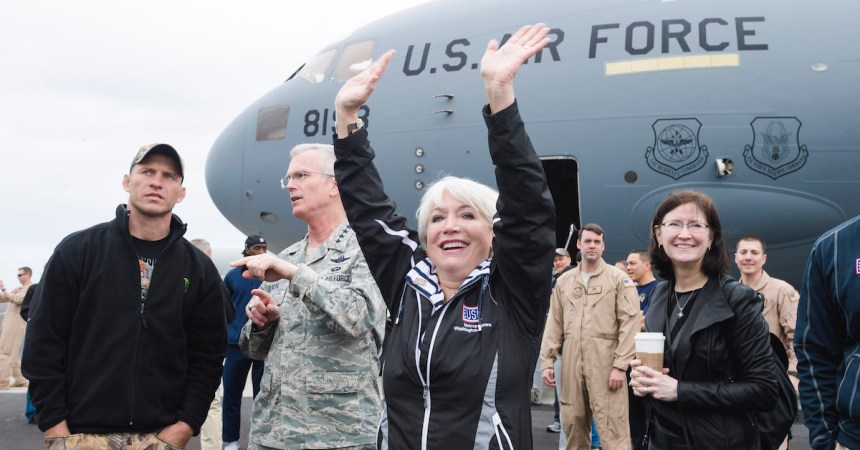While everyone knows about Pearl Harbor, what most don’t remember was that Japan tried hard throughout World War II to hit the U.S. mainland.
Tokyo ended up using very old technology – hot air balloons – to deliver bombs to the United States.
The genesis of this attack was the Doolittle Raid of 1942. The attack had caused the Japanese military to lose face, so they resolved to strike back. After several bomber projects failed, Tokyo turned to what they called the fūsen bakudan, or “fire bomb.” Manufactured primarily by teenage girl laborers, over 9,000 of these balloons were sent America’s way, according to WarHistoryOnline.com, with the goal of creating forest fires to draw American resources away from the front.

In what may be the first intercontinental weapon in military history – the fūsen bakudan, or fire balloon. Japan produced 9,3000 of them. (Youtube Screenshot)
First launched in November 1944, the balloon bombs reached as far east as Detroit, Michigan. These 30-foot balloons used the jet stream to reach America. American and Canadian fighter pilots saw some of them, and shot down about 20. Many others were seen to come down, and at least seven were recovered by the U.S. Army.
The United States covered up knowledge of the ICBM precursor — mostly fool Japan into thinking the balloons weren’t making it to the mainland. Speculation centered around the internment camps and submarines, but geologists traced the sand in the sandbags to Japan.

Only one of the bombs caused any fatalities. On May 5, 1945, a minster, Archie Mitchell, and his wife took five Sunday School students on an outing to the forest. Mrs. Mitchell and the students then found the balloon while Rev. Mitchell was still at the car. The bomb detonated while the students were trying to drag it out, and Mrs. Mitchell and all five students were either killed or later died of their wounds.
An Army investigation determined the balloon bomb had been in the area for weeks before it blew.
The tragedy surrounding that outing was the only balloon attack that was publicized by the military. As a result, Japan cancelled the program. America’s media blackout had worked. Only 300 of the balloon bombs were seen in the United States, according to a 1995 Salt Lake Tribune article. One bomb was found in Canada in 2014, and detonated by EOD personnel.
Check out this National Geographic video for more details of Japan’s WW2 ICBMs.



